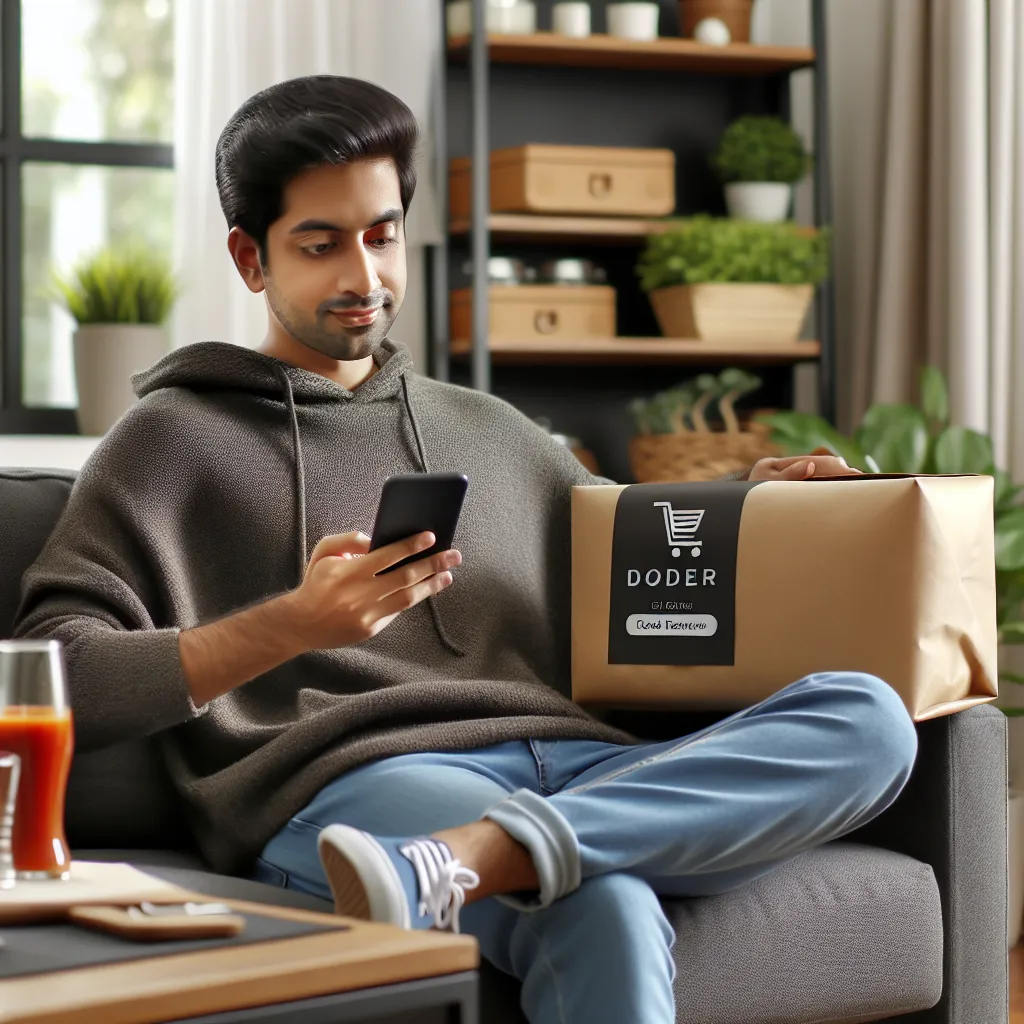Rise of Delivery Services: A Shift in Consumer Habits
There has been a significant rise in the utilization of delivery services in recent years, marking a notable shift in consumer habits. This transformation is evident across various sectors, including food, groceries, and retail products. The convenience and efficiency offered by delivery services have played a pivotal role in shaping consumer behavior.
The advent of delivery apps and online platforms has made it increasingly convenient for consumers to order a wide range of products and have them delivered directly to their doorsteps. This shift has redefined the traditional shopping experience, providing unparalleled convenience and flexibility to consumers. With just a few clicks, individuals can now access a myriad of options and have their desired items delivered swiftly.
Moreover, the global pandemic further accelerated the adoption of delivery services, as individuals sought safe and contactless ways to fulfill their needs. This surge in demand prompted businesses to expand their delivery capabilities, further solidifying the prominence of delivery services in the consumer landscape.
The rise of delivery services has not only altered the way consumers perceive convenience but has also influenced their expectations regarding speed and accessibility. As a result, businesses are continually striving to enhance their delivery infrastructure to meet these evolving consumer demands.
In conclusion, the rise of delivery services has undeniably reshaped consumer habits, fostering a preference for seamless and expedient solutions. This transformation underscores the imperative for businesses to adapt to this evolving landscape and prioritize the delivery experience to remain competitive in the modern market.
How Delivery Services are Reshaping Consumer Behavior
The rise of delivery services has brought about a significant shift in consumer behavior, reshaping the way people approach their purchasing habits. With the convenience of having goods delivered directly to their doorsteps, consumers are increasingly opting for online shopping and delivery services over traditional brick-and-mortar retail experiences. This shift has been driven by several factors, including the growing availability of delivery options, the ease of use of mobile apps and online platforms, and the desire for time-saving solutions in today’s fast-paced world.
One of the key ways in which delivery services are reshaping consumer behavior is by creating a greater reliance on e-commerce platforms. With the click of a button, consumers can now order anything from groceries to electronics, and have them delivered within hours. This convenience has led to a decrease in physical store visits and a growing preference for the ease and efficiency of online shopping.
Furthermore, delivery services have also influenced the way consumers make purchasing decisions. The ability to compare prices, read reviews, and access a wide range of products at their fingertips has empowered consumers to make more informed choices. As a result, they are more likely to prioritize convenience, product availability, and competitive pricing when making purchasing decisions, often favoring retailers and delivery services that can meet these criteria.
In addition, the rise of delivery services has led to a transformation in consumer expectations. Today’s consumers expect seamless, reliable, and fast delivery options, leading companies to invest in improving their logistics and delivery capabilities to meet these demands. As a result, delivery services have become a crucial factor in shaping consumer loyalty and brand perception, with consumers favoring companies that prioritize a positive delivery experience.
In conclusion, the rise of delivery services has had a profound impact on consumer behavior, leading to a greater reliance on e-commerce, influencing purchasing decisions, and shaping consumer expectations. As delivery services continue to evolve and expand, it is clear that they will play an even greater role in shaping the future of consumer behavior.
The Transformative Impact of Delivery Services on Consumer Choices
As the demand for convenience continues to shape consumer behavior, the rise of delivery services has led to a transformative impact on consumer choices. With the advent of various on-demand delivery platforms, consumers have been presented with a plethora of options for receiving goods and services right at their doorsteps. This shift in the retail landscape has given rise to a significant change in how consumers make purchasing decisions.
Delivery services have not only revolutionized the way in which consumers access products, but they have also influenced the types of products being sought after. The convenience of having items delivered directly to their homes has led consumers to prioritize factors such as speed and ease of delivery, prompting a shift towards choosing products that are readily available for quick dispatch. This has had a notable impact on the types of products that gain traction in the market, with a growing emphasis on fast-moving consumer goods and perishable items.
Furthermore, the availability of delivery services has expanded consumer choices by providing access to products from a wider geographical area. Consumers are no longer limited to the offerings within their immediate vicinity, as they can now source products from a multitude of vendors located beyond their local area. This has given consumers the ability to explore a broader range of options and has contributed to the diversification of their purchasing decisions.
Ultimately, the transformative impact of delivery services on consumer choices is indisputable. With the convenience and accessibility that delivery services offer, consumers are presented with an array of choices that have redefined the modern shopping experience.




